In today’s visually driven world, image quality defines professionalism. Whether you’re a designer, printer, or business owner, the clarity and sharpness of visuals directly influence how audiences perceive your brand. As digital and print media evolve, two essential solutions are helping professionals achieve flawless results — vector art conversion services and photo enhancer tools. Together, they bridge the gap between artistic creativity and technical precision, ensuring every design is polished, scalable, and ready to make an impact.
Understanding the Role of Vector Art Conversion in Modern Design
A vector art conversion service transforms raster images (made of pixels) into vector graphics composed of mathematical curves and paths. Unlike raster files such as JPEGs or PNGs, vector graphics can be resized infinitely without any loss in quality. This makes them ideal for logos, product packaging, embroidery, signage, and marketing materials that require consistent visual sharpness.
During the conversion process, every element of the design — lines, colours, and shapes — is redrawn with accuracy. The resulting vector file ensures perfect print quality, smooth edges, and precise colour reproduction. For businesses, this translates into stronger brand consistency across platforms, from digital advertisements to large-format billboards.
In creative industries, vector conversion also supports professional workflows. Designers can reuse the same file across different formats, easily edit elements, and adapt the artwork for multiple media without recreating the design each time. This flexibility saves time and ensures professional-grade results.
How Photo Enhancer Tools Improve Image Quality
While vectorisation ensures scalability, photo enhancer tools refine the quality of photographic content. These advanced applications — often powered by AI — analyse and adjust images to improve sharpness, exposure, contrast, and colour balance. They can revive dull or low-resolution photos and transform them into crisp, visually appealing assets suitable for print or online publication.
Common uses of photo enhancers include:
- Restoring old or blurred photographs.
- Adjusting underexposed or overexposed lighting.
- Enhancing product photos for e-commerce.
- Removing background noise or image grain.
- Balancing tones to achieve realistic depth and texture.
Modern photo enhancer tools such as Adobe Firefly, Topaz Photo AI, and Luminar Neo provide both automation and control. Users can rely on AI for quick improvements or fine-tune every aspect manually to achieve a desired aesthetic. For photographers and digital creators, this technology streamlines editing, reduces post-production time, and delivers professional-quality visuals even from imperfect originals.
Why Combining Both Delivers Professional-Grade Results
When paired, vector art conversion and photo enhancement create a seamless workflow that transforms average visuals into high-impact assets. For instance, a business may start with a hand-drawn logo or a low-resolution scan. Using photo enhancement tools, the image’s brightness and contrast are improved, resulting in more precise outlines. Once enhanced, the image undergoes vectorisation, resulting in a sharp, scalable file ready for printing, embroidery, or digital use.
The advantages of this combined approach include:
- Precision: Enhanced details ensure accurate vector tracing and consistent design reproduction.
- Efficiency: The dual process reduces rework and speeds up production.
- Professional Finish: Designs look clean and polished across all formats.
- Versatility: Files are ready for both digital screens and large-scale prints.
This synergy between enhancement and vectorisation is particularly valuable for designers, advertisers, and printers aiming to maintain brand integrity and visual excellence across diverse media.
Choosing the Right Tools and Services
Selecting the correct vector art conversion service or photo enhancer tool is crucial for achieving consistent, high-quality results.
For Vector Art Conversion
- Accuracy: Ensure the conversion service maintains line quality, proportion, and true-to-original colours.
- File Compatibility: Output should support all vector formats, including SVG, EPS, AI, and PDF, for universal use.
- Turnaround Time: Professional services should balance speed with meticulous detail.
For Photo Enhancement
- AI Capability: Look for intelligent correction features like noise reduction, sharpening, and lighting adjustment.
- Customisation: Manual control allows refined editing for professional photography.
- Batch Editing: A must-have for agencies managing large photo libraries.
Combining the right tools with skilled design practices ensures flawless output from start to finish. Whether for branding projects, marketing campaigns, or creative portfolios, this combination enhances both aesthetic and functional quality.
The Future of Visual Perfection: AI and Automation
Artificial Intelligence continues to reshape the creative industry. AI-driven systems can now automatically enhance photos and convert raster graphics into vectors with near-human precision. This level of automation reduces manual work and gives designers more time to focus on creativity rather than technical adjustments.
Emerging design platforms are integrating these features into unified workflows. A single upload can now result in a cleaned, enhanced, and vectorised file within minutes. For small businesses and freelancers, this advancement removes barriers to professional-grade design by making high-quality image processing affordable and accessible.
As automation progresses, hybrid tools combining vectorisation and enhancement will become standard practice. The result will be faster project delivery, reduced cost, and consistently superior outcomes.
Final Thoughts
In an increasingly visual economy, image quality defines how brands are perceived. The combination of photo enhancer tools and vector art conversion services empowers designers, photographers, and marketers to deliver results that stand out for their clarity and consistency. Together, they ensure every pixel, line, and curve reflects perfection — from digital screens to printed materials.
By integrating these technologies into everyday creative workflows, professionals can transform their visuals with confidence, precision, and artistry — truly moving from pixels to perfection.
FAQs
1. What is a vector art conversion service?
A vector art conversion service converts raster images into vector graphics. This process allows artwork to be resized without losing clarity, making it ideal for logos, signage, and professional printing.
2. How do photo enhancer tools work?
Photo enhancer tools use artificial intelligence to analyse and improve image quality. They adjust lighting, colour, and detail, transforming ordinary photos into crisp, high-definition visuals.
3. Why combine vector conversion with photo enhancement?
Combining the two ensures maximum quality. Enhanced images improve tracing accuracy during vectorisation, resulting in sharper, more precise final outputs.
4. Are AI photo enhancers suitable for professional use?
Yes. Modern AI photo enhancers provide studio-grade quality with customisable settings, making them suitable for photographers, advertisers, and content creators.
5. What file formats are commonly used for vector graphics?
Popular vector formats include SVG, EPS, AI, and PDF. These formats maintain perfect scalability, ensuring designs look flawless on everything from business cards to billboards.


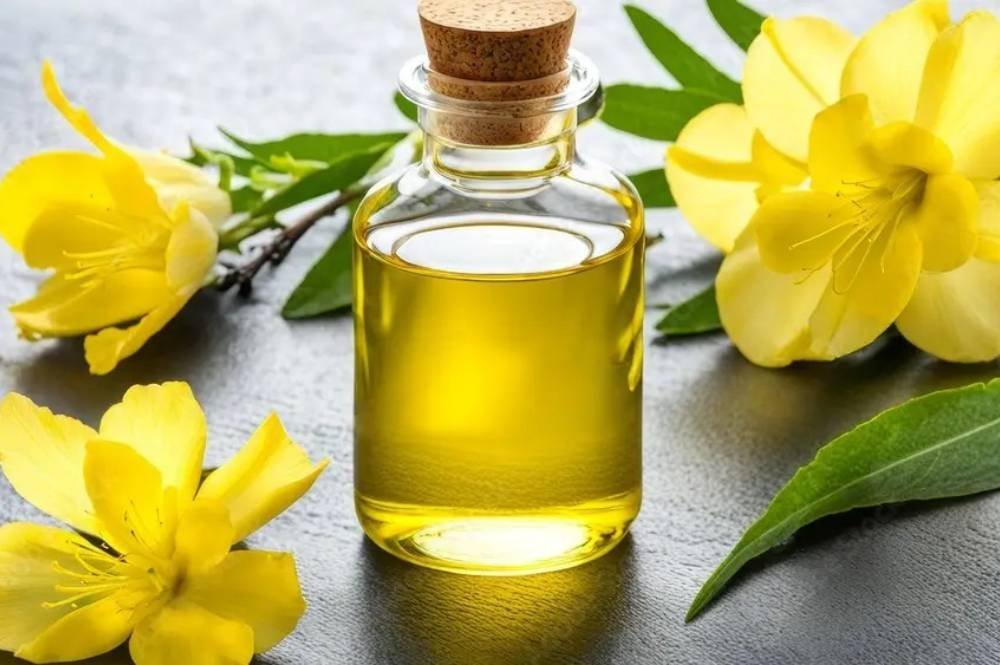

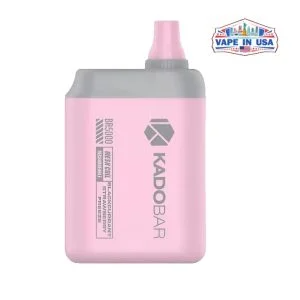


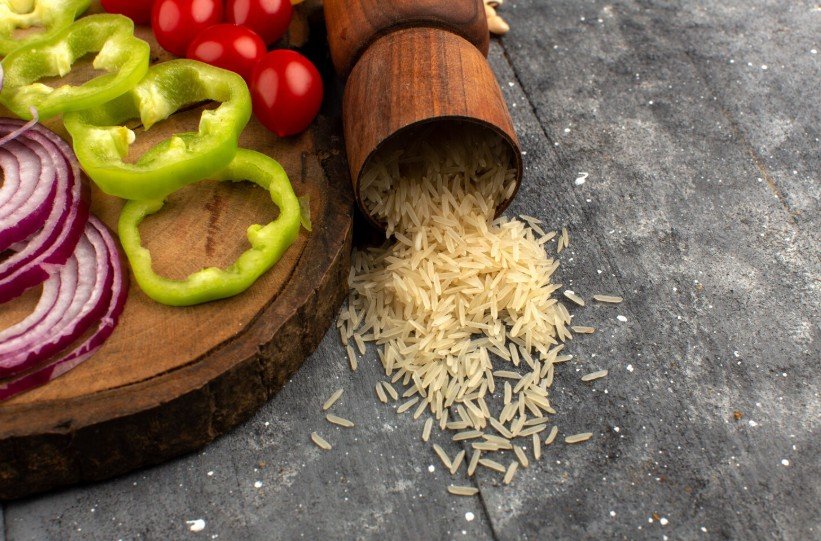
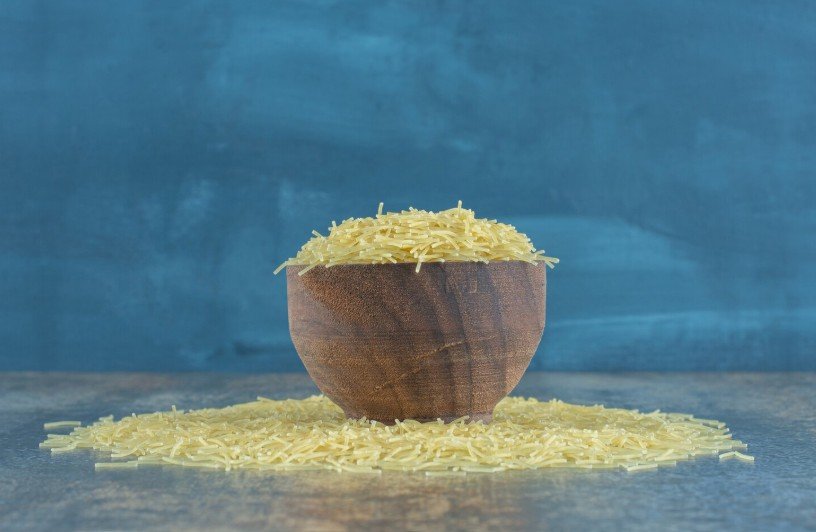
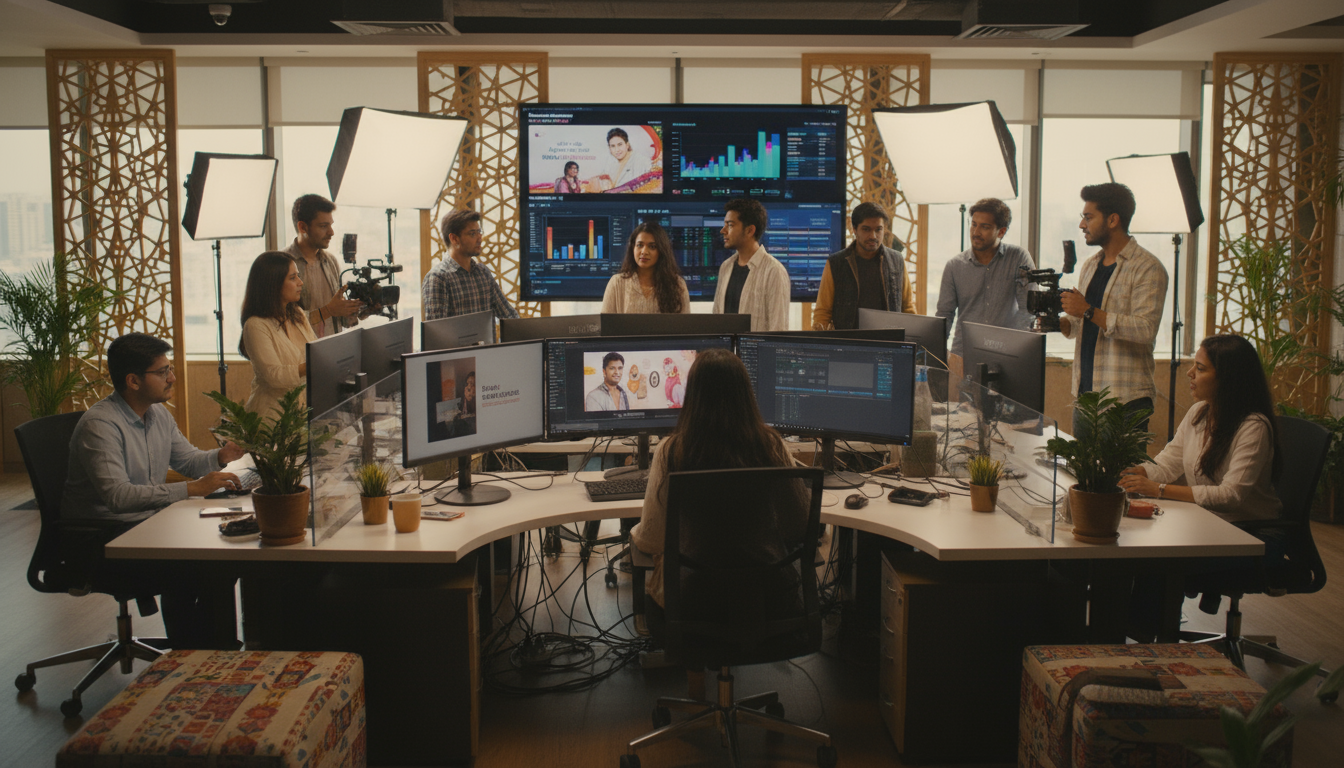

Leave a Reply